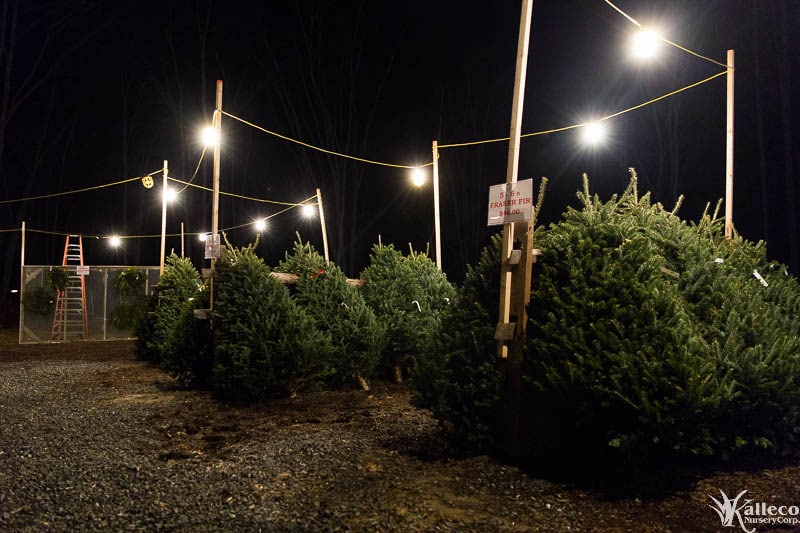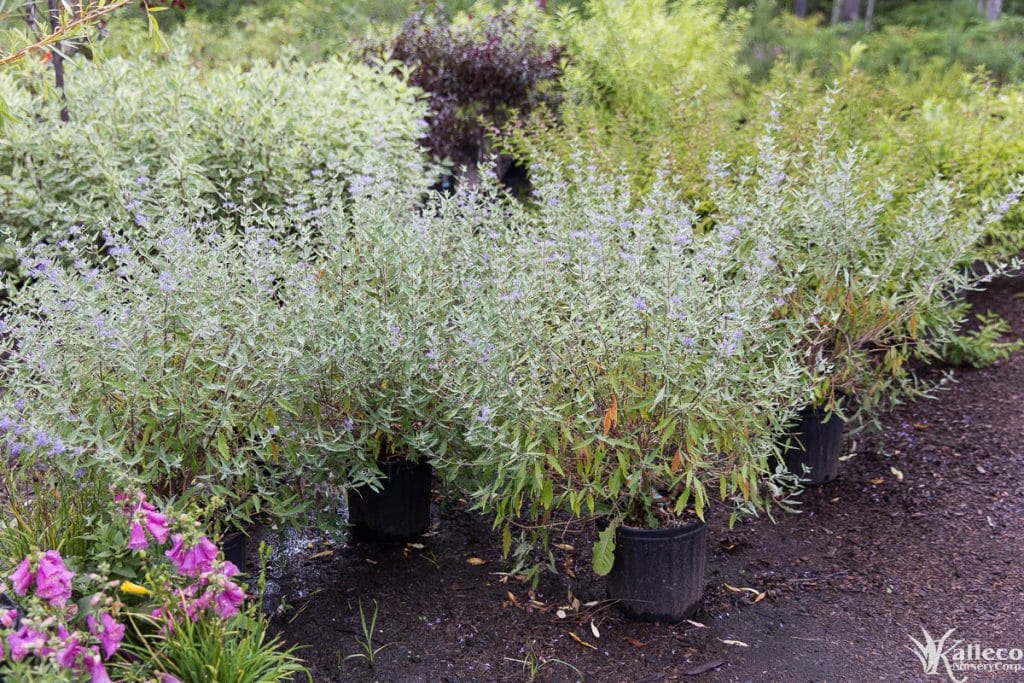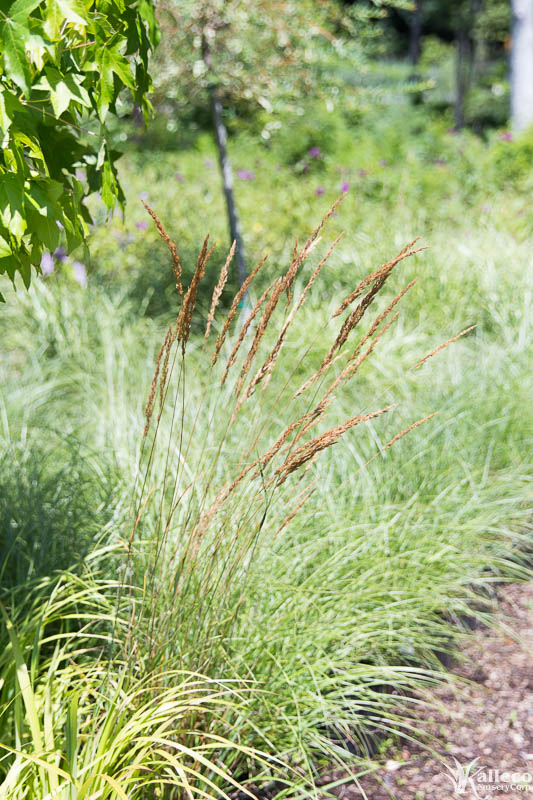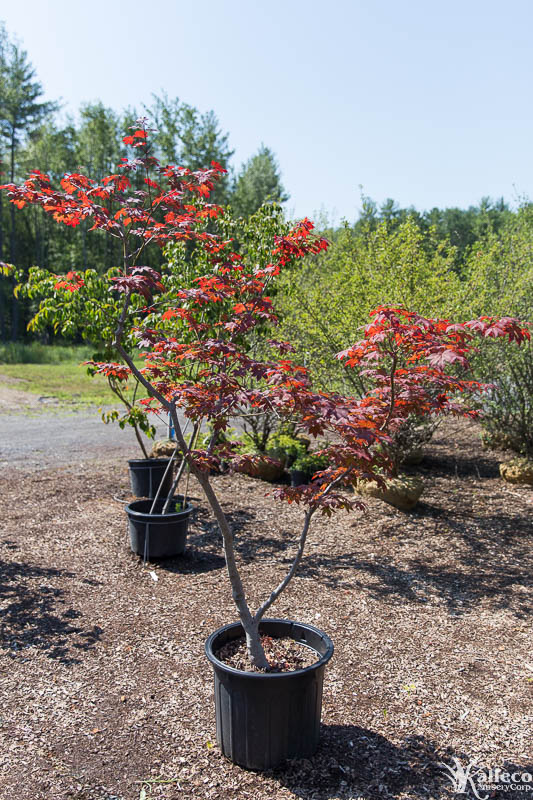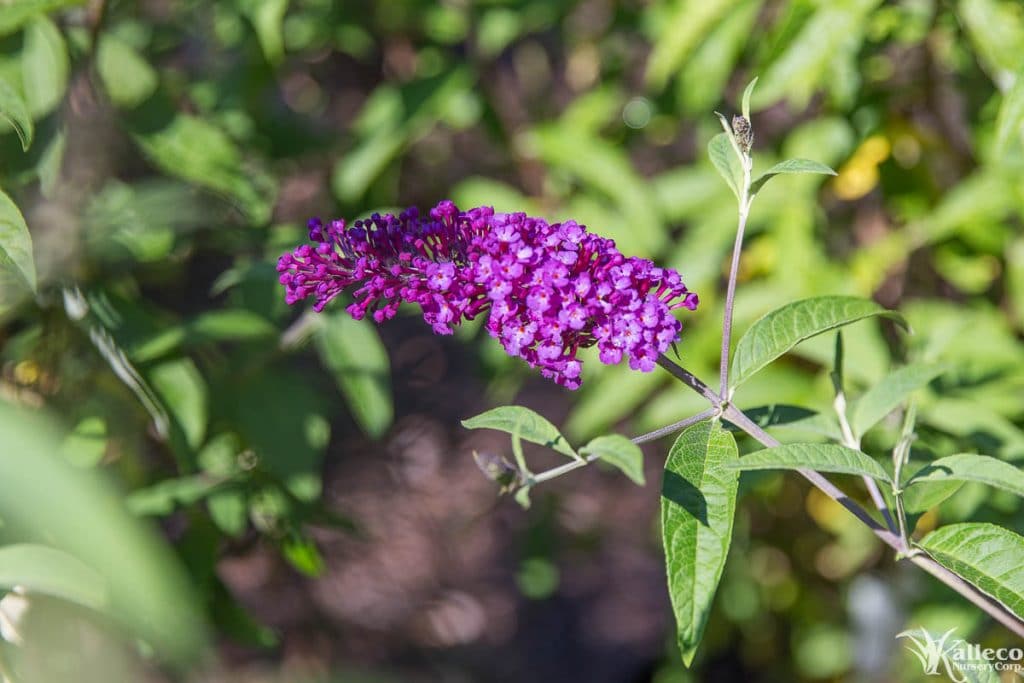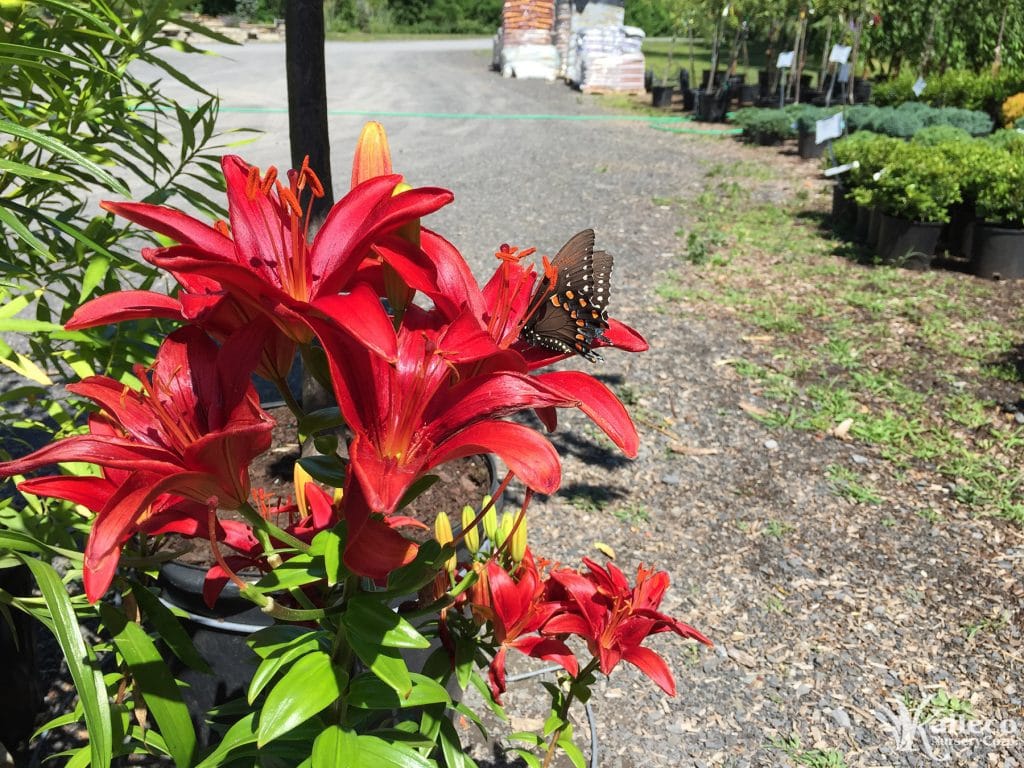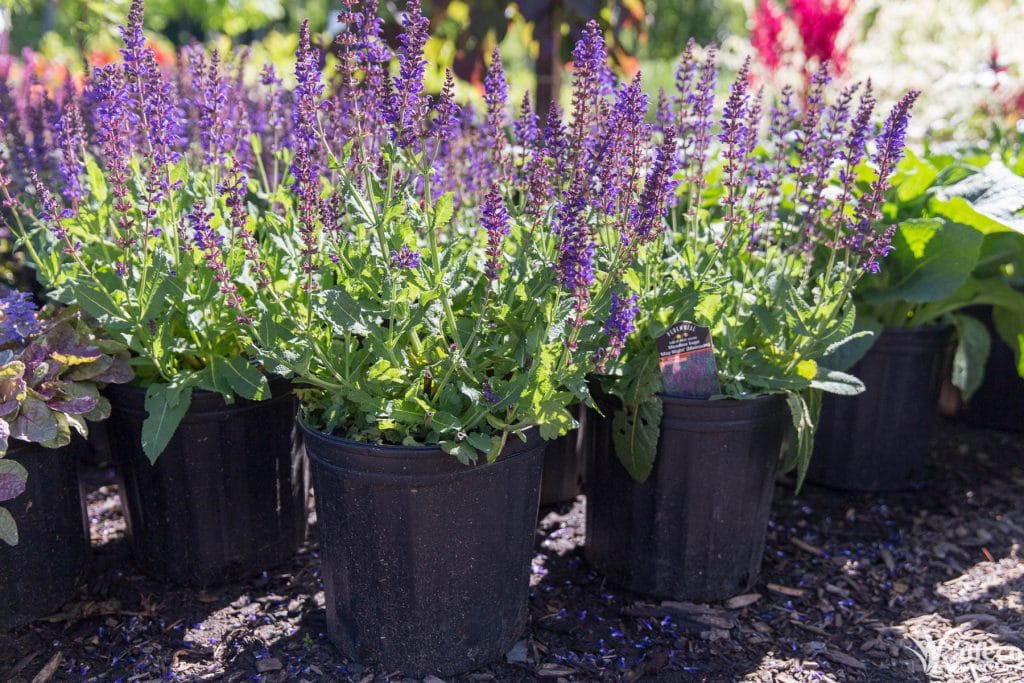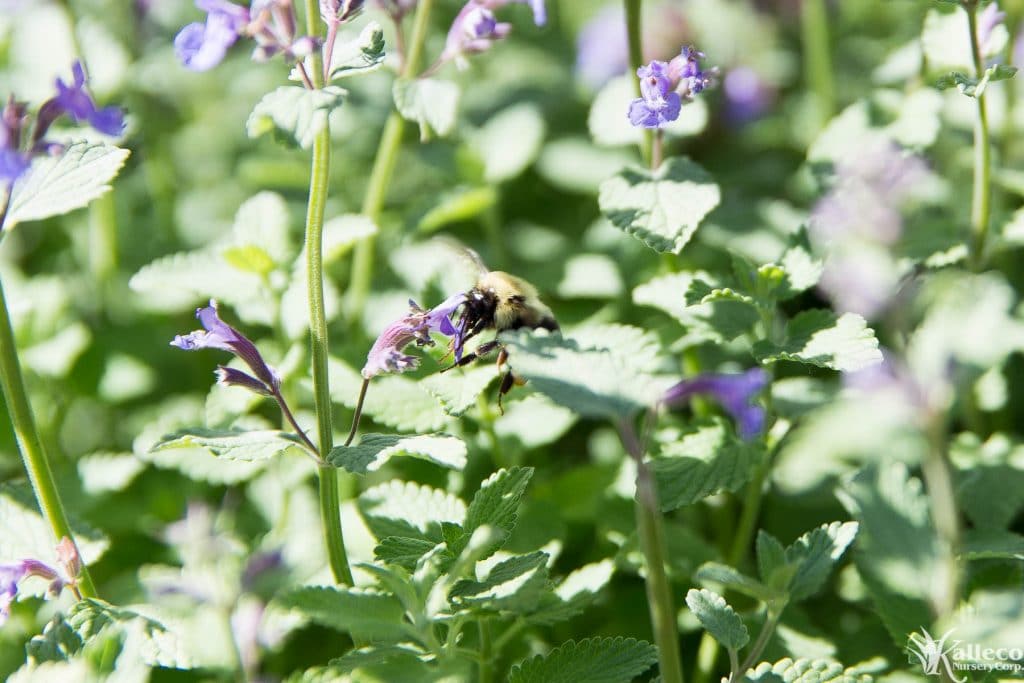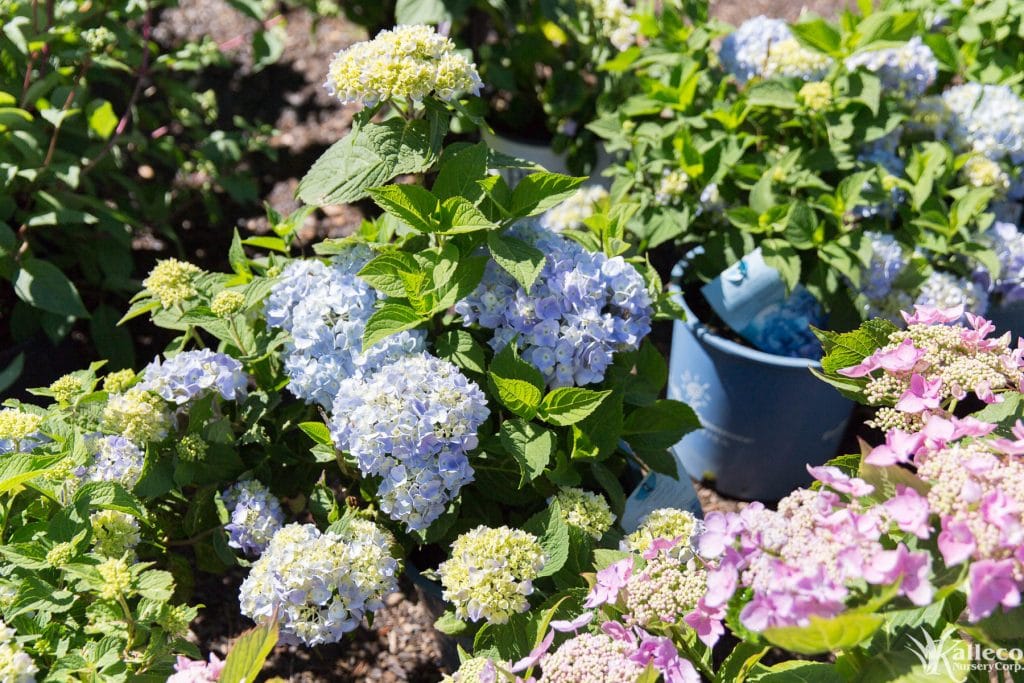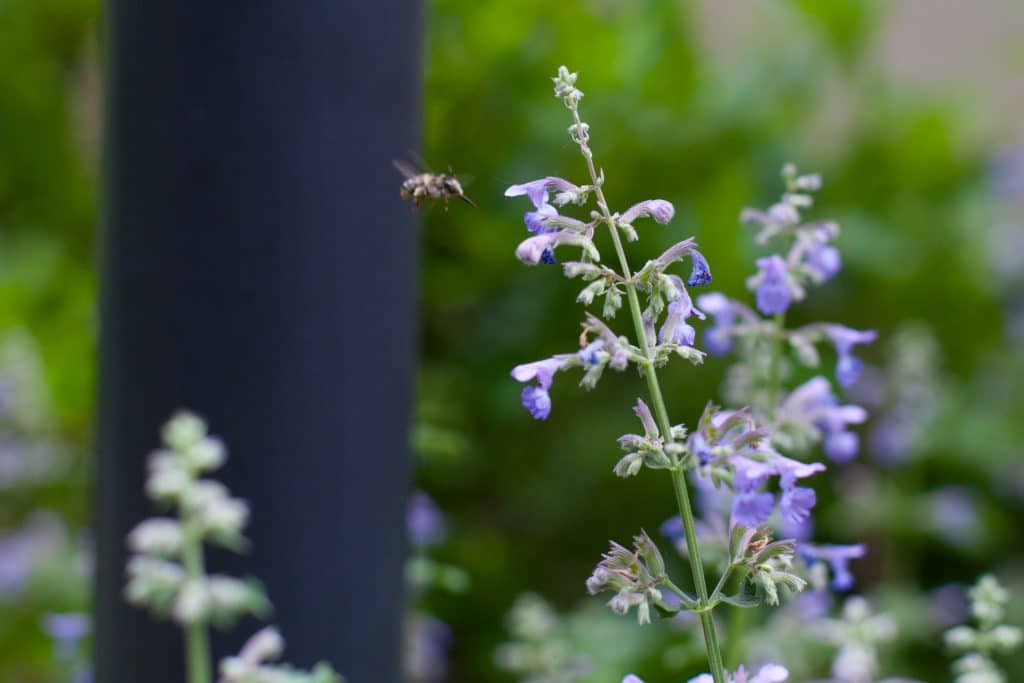It's that time of year! Here is our quick guide to selecting sand caring for a real Christmas tree, so you can enjoy that amazing evergreen scent without the hassle. Pick the Right Tree There are several types of evergreens people use as Christmas trees, so selecting one that fits your home and lifestyle is the first step. Douglas Firs and Balsam Firs are classic and have that amazing … [Read more...]
Caryopteris – Plant Profile
Caryopteris x Clandonensis Common Names: “Blue Beard”; “Blue Spirea”; “Blue Mist” Description: Caryotperis is sometimes called “blue spirea”, an apt name. This woody shrub is small with a mounding tendency. Its long, pink-ish stems bear angular leaves. Its foliage is usually silver-green or silver-yellow. In the late summer and early fall, it produces tight clusters of small, … [Read more...]
The Benefits of a Shade Tree
A shade tree is any deciduous tree that grows to at least 50’ at its mature height and provides space beneath its canopy. Here are some of the more common ones hardy for upstate New York: Maples Weeping Maples Japanese Maples Black Gums Sweet Gums Weeping Willows Clump River Birches While any tree can provide benefits for your landscape, shade trees arguably give back the … [Read more...]
Butterfly Bush – Plant Profile
Buddleia davidii Common Varieties: “Royal Red” – the most common variety, with purple flowers with red bases, 5’-6’ in height. “Dwarf Blue” – lavender-blue flowers and silvery green foliage, 5’-7’ in height. “Pink Delight” – bright pink flowers, 5’-7’ in height. Description: Butterfly bush is a deciduous, flowering shrub hardy in most of the United States. Its foliage can … [Read more...]
Gardening for Other Pollinators
Aside from bees, there's a huge variety of creatures that pollinate and help maintain our ecosystem! Here's a quick guide to just a couple. Make sure to check out this post to learn more about gardening for pollinators in general. Butterflies Butterflies are attracted to many of the same types of plants as bees. Both love bright colors, sweet scents, and prefer small or shallow flowers with … [Read more...]
Planting Bee Gardens
You don't have to be a beekeeper to support your local bee population. Bee gardens can be as lovely and low-maintenance as any regular garden, and feature some perennial favorites! In general, bees prefer small or shallow flowers with easy access to nectar. Sweet-smelling and brightly colored will help draw bees in, and providing more structural plants like woody shrubs and trees can make your … [Read more...]
Hydrangea – Plant Profile
Hydrangea. Description: Hydrangea describes a number of deciduous, woody-stemmed shrubs with iconic clusters of flowers. The foliage comes in many shades of green, and varies in shape depending on the variety. Hydrangeas are best known for their clusters of four- or five-petal flowers that bloom late June into the fall. Color ranges greatly, red and pink to purple and blue, and some … [Read more...]
Planting a Pollinator Garden
June is National Pollinator Month! What's a pollinator? A pollinator is any animal that helps move pollen from one plant to another, aiding in fertilization and propagation. The most famous pollinator is the bee, but there are plenty of others, including butterflies, moths, beetles, bats, and many birds (especially hummingbirds!) Pollinators are vital to the natural environment, as well as the … [Read more...]

